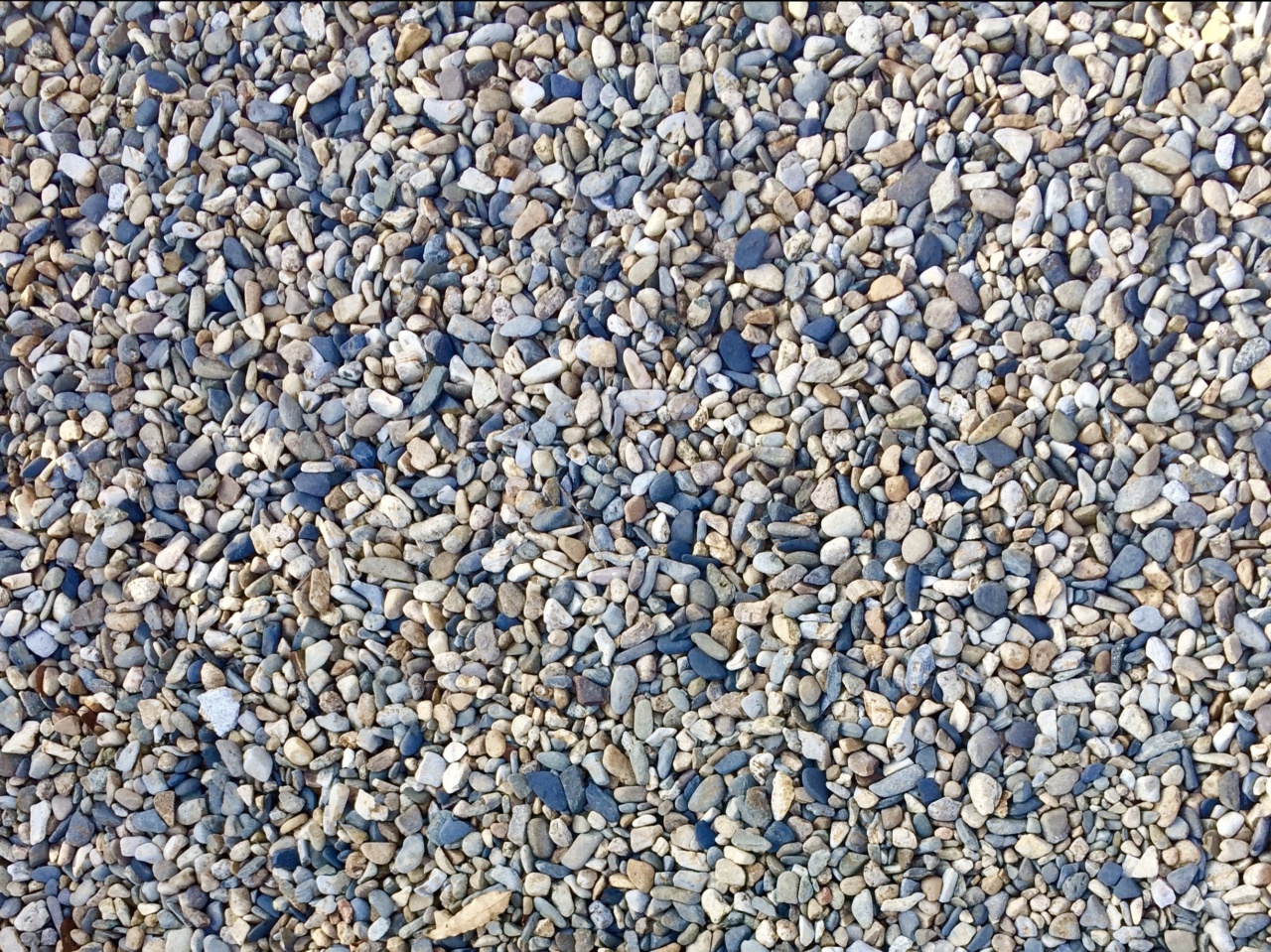Kidney stones, medically known as renal calculi, are hard deposits that form in the kidneys and can cause severe discomfort and pain.
These stones can vary in size and composition, and their formation is often linked to several factors such as dehydration, dietary choices, and certain medical conditions. Traditionally, treating kidney stones involved invasive procedures like surgery or lithotripsy, which can be both costly and may carry risks.
However, a groundbreaking approach has emerged in recent years, revolutionizing the treatment of this common condition.
The Evolution of Kidney Stone Treatment
For decades, healthcare professionals relied on traditional methods like surgery or extracorporeal shock wave lithotripsy (ESWL) to remove or break down kidney stones. While effective, these methods were not without drawbacks.
Non-Invasive Techniques
Non-invasive techniques have gained significant popularity due to their effectiveness and safety. These methods involve minimal or no cutting of the skin and offer a quicker recovery time. One such groundbreaking approach is:.
1. Extracorporeal Shock Wave Lithotripsy (ESWL)
EWSL is a non-invasive procedure that uses shock waves to break kidney stones into smaller fragments, making them easier to pass through the urinary tract.
This technique eliminates the need for surgical incisions and allows patients to undergo treatment without prolonged hospital stays. It has proven to be successful for stones smaller than 2 centimeters in diameter and located in select regions of the kidney.
The Rise of Minimally Invasive Procedures
While non-invasive techniques have their benefits, they are not always effective for larger stones or cases where the stones are hard to access.
This led to the development of minimally invasive procedures, which allow for targeted treatment with fewer risks when compared to traditional surgery. Some of the groundbreaking approaches in this field include:.
2. Percutaneous Nephrolithotomy (PCNL)
PCNL is a minimally invasive surgical procedure performed under general anesthesia to remove large kidney stones.
It involves creating a small incision in the back to access the kidney and using specialized instruments to break down and remove the stones. PCNL has higher success rates for larger stones and is particularly effective when combined with advanced imaging techniques like fluoroscopy or ultrasound guidance.
3. Ureteroscopy with Laser Lithotripsy
In cases where kidney stones have descended into the ureters, ureteroscopy with laser lithotripsy has emerged as a groundbreaking approach.
This technique involves the insertion of a thin, flexible tube called an ureteroscope through the urethra and into the ureter to locate and treat the stones. The laser energy is used to break down the stones into smaller pieces, which can then be removed or passed naturally through the urine. This procedure is highly effective and minimizes the need for invasive surgery.
Innovative Medical Advancements
Advancements in medical technology have further revolutionized the treatment of kidney stones. Groundbreaking developments in this field include:.
4. Robotic-Assisted Surgery
Robotic-assisted surgery brings precision and enhanced dexterity to the field of kidney stone treatment. With the assistance of robotic systems, surgeons can perform complex procedures with improved visualization and control.
Robotic-assisted surgery reduces the risk of complications, minimizes scarring, and allows for quicker recovery times.
5. Non-Surgical Stone Removal
Non-surgical stone removal techniques have also gained traction in recent years. One such approach is:.
6. High-Intensity Focused Ultrasound (HIFU)
HIFU is a non-invasive technique that uses focused ultrasound waves to target and break down kidney stones. By directing ultrasound energy precisely, this procedure can disintegrate stones without any incisions or anesthesia.
HIFU is still in the early stages of development but shows promising results, particularly for smaller stones.
The Importance of Prevention and Lifestyle Changes
While these groundbreaking approaches to treating kidney stones offer significant benefits, prevention remains crucial. Adopting healthy habits and making lifestyle changes can help reduce the risk of stone formation.
Some important preventive measures include:.
7. Proper Hydration
Drinking an adequate amount of water helps dilute substances in the urine, reducing the risk of stone formation. Staying hydrated is essential, especially in warmer climates or during physical activity.
8. Dietary Modifications
Avoiding excessive consumption of foods high in oxalate, such as spinach, beets, and nuts, may lower the risk of calcium oxalate stone formation.
Additionally, reducing salt intake and maintaining a balanced diet rich in fruits and vegetables can help prevent stone recurrence.
9. Medication and Supplementation
In some cases, medication or dietary supplementation may be prescribed to modify the chemical composition of urine and reduce the likelihood of stone formation.
It is important to consult a healthcare professional to determine the appropriate course of action.
10. Regular Check-Ups
Regular check-ups and urine tests can help detect early signs of kidney stone formation. Monitoring urine pH levels and kidney function is essential for timely intervention and proper management.
In Conclusion
The treatment of kidney stones has undergone a remarkable transformation in recent years.
From non-invasive techniques like ESWL to minimally invasive procedures such as PCNL and ureteroscopy with laser lithotripsy, patients now have access to a range of groundbreaking approaches that offer effective and safe treatment options. Innovations in medical technology, including robotic-assisted surgery and non-surgical stone removal methods, further contribute to improved outcomes and patient satisfaction.
However, it is important to remember that prevention and lifestyle changes play a vital role in reducing the risk of kidney stone formation and recurrence.





























